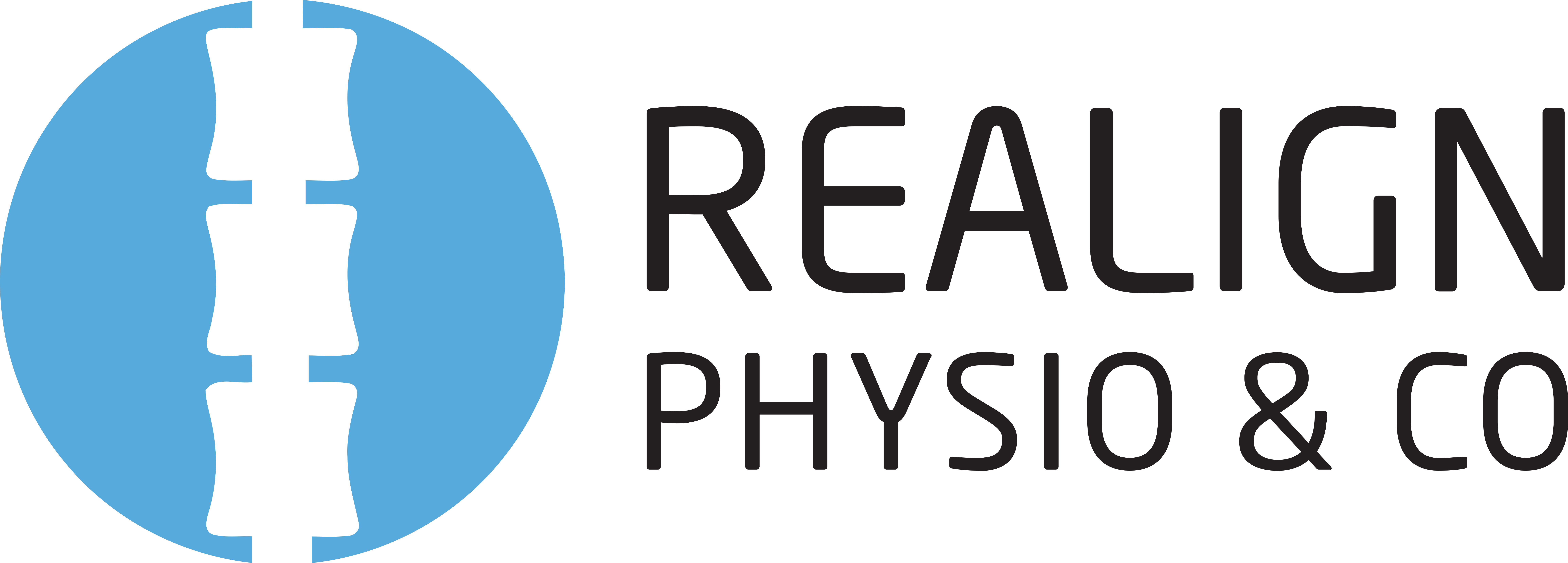Global Postural Re-education – GPR

At Realign Physiotherapy, we specialise in spinal physiotherapy and are proud to be one of the few clinics in Australia offering Global Postural Re-education (GPR®)—a unique, evidence-informed approach to postural therapy and pain management.
Also known by its French acronym RPG® (Rééducation Posturale Globale), GPR® was developed by world-renowned physiotherapist Professor Philippe Souchard. Based on over 15 years of research into biomechanics and muscular chains, GPR® focuses on treating the root causes of musculoskeletal and spinal pain, not just the symptoms.
GPR® is particularly effective for people experiencing:
Chronic back or neck pain
Spinal conditions such as scoliosis or disc injuries
Postural imbalances
TMJ dysfunctions
Persistent tension or soft tissue overload
Rather than applying standard exercises to isolated areas, this method views the body as a connected system. It aims to restore balance, improve posture, and relieve tension through precise, guided movement and breathwork.
Although Professor Souchard passed away in 2024, his work lives on through an international network of expert educators. His team continues to deliver GPR® training in more than 18 countries.
Clarisse Reis, our Principal Physiotherapist, completed her GPR® certification in 2006 and has advanced training in spinal disorders, joint pathologies, and TMJ dysfunctions. She integrates this highly specialised approach into personalised treatment plans tailored to your unique posture, pain, and movement needs.
If you’re looking for non-invasive, expert spinal physiotherapy designed around you—not a one-size-fits-all protocol—GPR® at Realign could be the difference you've been looking for.
Book Now
What to Expect During a GPR Session?
GPR® (Global Postural Re-education) sessions typically last between 45 to 60 minutes, and are scheduled once or twice per week, depending on the patient’s condition, age, and the severity of symptoms. Your treatment frequency will be customised to support your recovery and long-term outcomes.
Each session combines manual therapy with a series of guided, sustained postural stretches performed in six key positions—known as “poses.” These carefully selected postures help:
Release muscular tension
Promote joint decompression
Correct postural misalignments
Alleviate chronic or recurring pain
Unlike passive treatments, GPR® requires active participation from the patient. You’ll work closely with your physiotherapist to become more aware of your posture, breathing, and muscle engagement throughout each pose. This mind-body connection helps retrain muscular chains and supports long-lasting structural and functional improvements.
Over time, patients often notice improved body awareness, better posture, reduced pain, and more efficient movement patterns—all without the need for aggressive manipulation or equipment-based interventions.



Global Postural Re-education (GPR) Treatment Indications
The method can be used in a wide of pathologies in different fields of PhysiotherapyMusculoskeletal conditions
- Back pain
- Neck pain
- Scoliosis
- Disc protrusions/ herniations
- Sciatica
- Chronic pain
- Sacroiliac dysfunctions
- TMJ disorders
- Postural deviations
Pregnancy and post-partum care
- Reducing back and neck pain
- Improving pelvic floor strength
- Improving pelvic stability
- Improving posture
Neurological conditions
- Parkinson’s disease – Kyphotic posture, rigidity, generalised muscle pain
- Spasticity – improving and avoiding muscular retractions
Respiratory
- Asthma & Bronchitis - improving inspiratory muscles length and lung capacity
Other Physiotherapy Services

Musculoskeletal Injuries
It can be used following acute injuries, for chronic conditions, before and after surgery. Our services include GPR, Dry...
Read More
Pain Management
Chronic and acute pain management. Our services include GPR, Dry needling, Soft tissue release, exercise prescription and...
Read More
